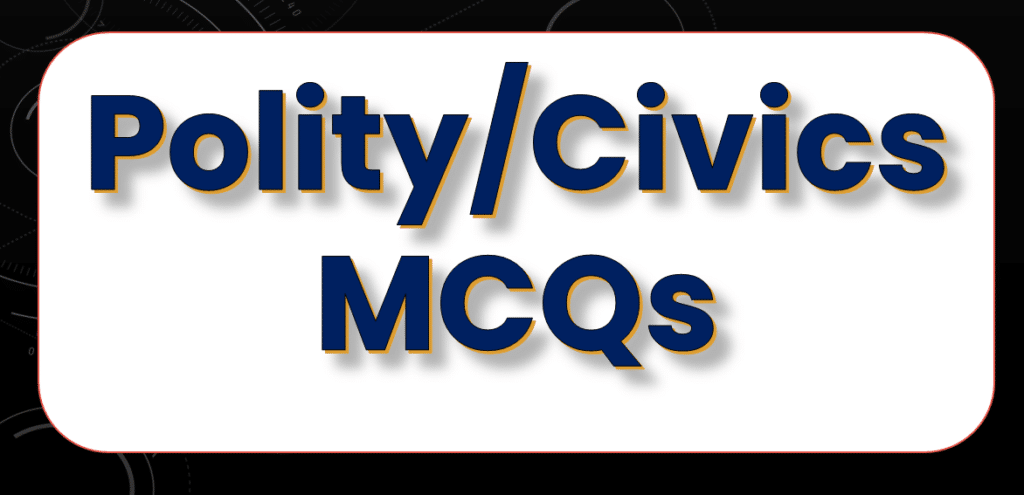Federalism MCQs Class 10. Best 100 MCQs. Overview of Federalism (MCQ 1 to 17). Key Features of Federalism (MCQ 18 to 40). Federalism in India (MCQ 41 to 65). How Federalism is Practiced in India (MCQ 66 to 82). Decentralization in India (MCQ 83 to 100).

Federalism MCQs Class 10
Overview of Federalism
Definition of Federalism
Global Perspective
Contrast between Unitary and Federal Systems
Key Features of Federalism
Multiple Levels of Government
Division of Powers
Constitutional Safeguards
Independent Judiciary
Financial Autonomy
Federalism in India
Constitutional Framework
Special Provisions
Union Territories
Role of the Judiciary
How Federalism is Practiced in India
Linguistic States
Language Policy
Center-State Relations
Decentralization in India
Constitutional Amendments
Structure of Local Governments
Also Read : Forest and Wildlife Resources Class 10 MCQs – Best 100 MCQs
